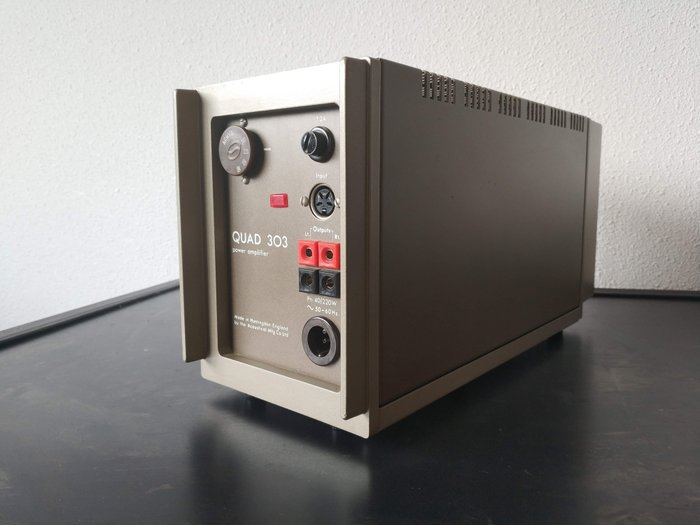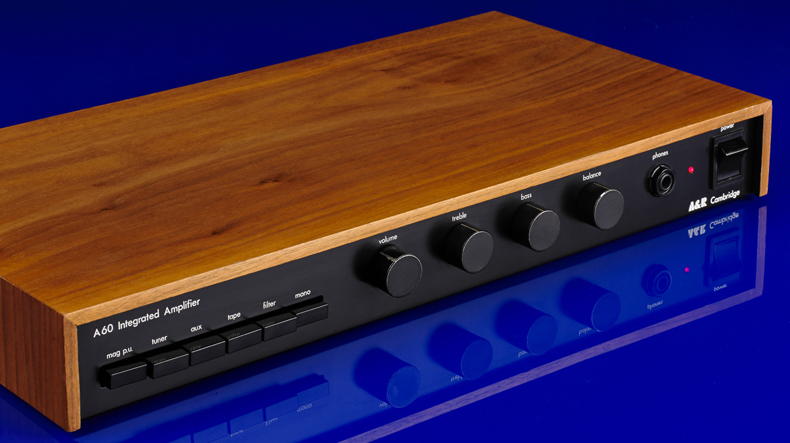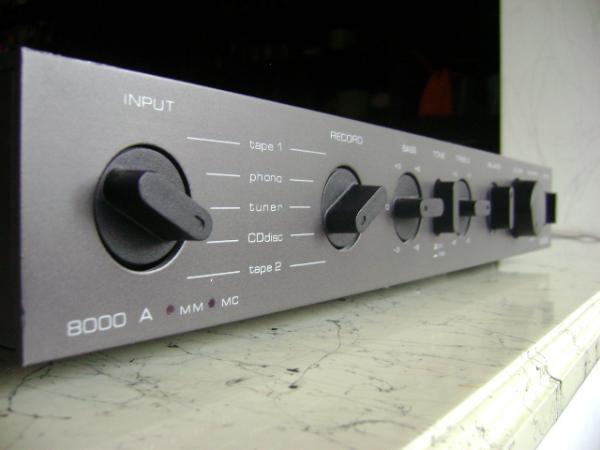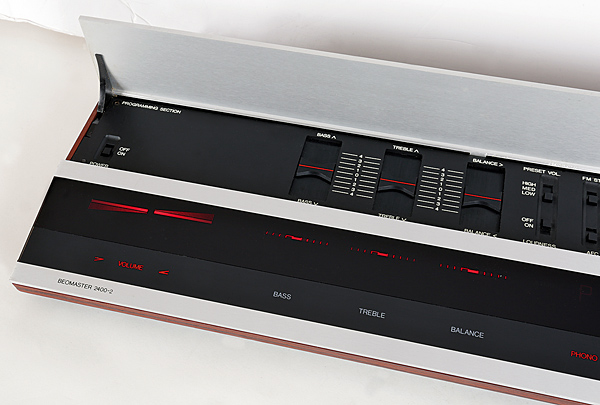Quad was a one-man band in the mid-1960s who could do no wrong. Its recently released ESL-57 electrostatic loudspeaker was revolutionary and widely regarded as one of the best designs in the world. Its Quad II valve power amplifiers were also of high quality, and they had garnered a lot of fans. This made it even more difficult for firm founder Peter Walker to replace them when the time came…
Of course, the successor would have to be solid-state. Quad saw itself as a forward-thinking firm, thriving in the “white blaze of the technology revolution,” as Prime Minister Harold Wilson called it. The company’s latest amplifier could not possibly be another tube design. However, transistor technology was still in its infancy, and many amplifiers suffered from thermal tracking issues, which resulted in acoustical and reliability issues.
The new Quad 303 power amplifier, introduced in 1967, had an unique ‘triples’ output transistor arrangement that provided excellent output current regulation. They could only function within their ratings since the voltage was likewise controlled, keeping quiescent current independent of output transistor temperature. The appropriate level of distortion was achieved without sacrificing stability or reliability. In 1969, this arrangement received a Design Council prize.
The excellent build quality of this power amplifier, combined with the large number of units produced (almost 100,000), means it is still widely accessible secondhand today. Furthermore, it reacts incredibly well to servicing — Quad’s own overhaul package includes the replacement of a number of passive components, including all of the large capacitors, and NET Audio has built a solid reputation for refurbishing 33s and 303s over the last decade. Realistically, £250 will see a 303 brought back to life with a slew of better-tolerated contemporary components and sounding better than ever.
The Quad delivers a good 45W RMS per channel of power, which was a significant amount at the time of its release, but it’s worth noting that loudspeakers at the time were of quite high impedance. The 303 isn’t fond of driving anything with a resistance of less than 8 ohms. Purists typically use two 303s per channel with bi-wirable loudspeakers, and this ‘dual mono’ setup improves performance significantly. The Quad sounds incredibly smooth and sleek, pleasantly strong, lucidly musical, and astonishingly detailed when properly matched to a smart speaker. It has a much more current sound than its age suggests, however it lacks the Quad 909’s forensic treble and seismic bass, for example.
There was a time when a well-used 303 could be had for £50, but prices are now approaching £200 for one in good aesthetic shape. The traditional sonic and aesthetic match for the power amp is the 33 preamplifier, although 303s manufactured after 1982 were marketed with the 34 preamplifier, which is a better overall design – not least because of its replaceable input module cards for MC cartridges and CD players. Quad’s 303 is a superb British amplifier and one of the best classic amplifier deals around when properly reconditioned, matched, and set-up. How much longer will prices be this low?







